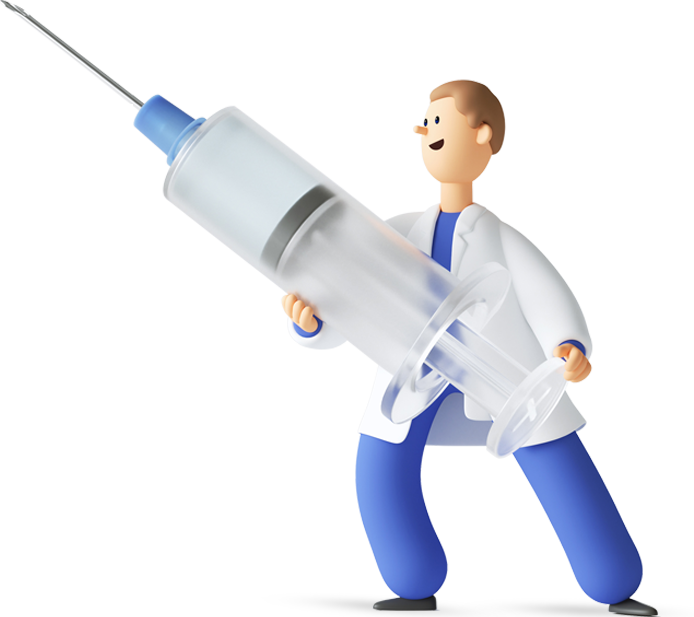
What is Hyperopia and Why Does It Occur?
Hyperopia is caused by a shorter eyeball or a flat cornea. In this case, light is focussed at the back of the eye rather than on the retina, causing nearby objects to appear blurred. Genetic factors, ageing and pregnancy can also contribute to the development of hyperopia.
What are the Symptoms of Hyperopia?
- Blurred Near Vision: Difficulty with tasks at close range, such as reading and writing, is common.
- Eye Fatigue and Headache: The effort to focus closely tires the eyes and headaches may occur.
- Eye Itching and Stinging: Frequent stinging and itching sensation in the eyes may occur.

How is Hyperopia Diagnosed?
The diagnosis of hyperopia is a diagnosis made by the ophthalmologist through a comprehensive eye examination. During the examination, eye reflexes and a refraction test are performed to determine the eye number. Intraocular pressure measurement is also part of the examination.
Hyperopia Treatment Methods
The treatment option depends on the degree of hypermetropia:
- Glasses or Contact Lenses: Special lenses are used to correct hyperopia.
- Laser Surgery (LASIK, PRK): It provides a permanent solution by correcting the shape of the cornea.
- Intraocular Lenses: The focusing problem can be solved with artificial lenses placed in the eye.
- Refractive Lensectomy: The natural lens is removed and an artificial lens is implanted.
- Eye Exercises: It can be applied to strengthen the eye muscles in mild cases of hyperopia.


